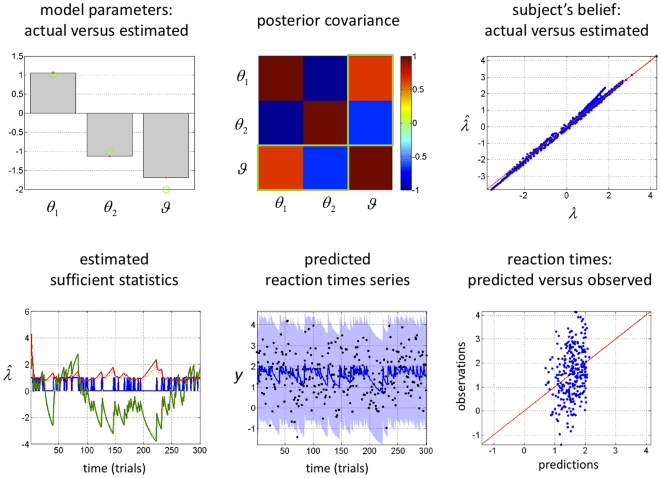Figure 4. Observing the observer: follow-up example from Figure 3 .
Upper left: Comparison between the estimated (grey bars) and actual (green dots) perceptual and response parameters. Note that simulated and estimated parameters are shown in log-space. Upper centre: posterior joint correlation matrix of the perceptual and response parameters (the green rectangles depict the correlation between the perceptual parameter  and the response parameters
and the response parameters  ). Upper Right: scatter plot comparing the simulated (x-axis) and estimated (y-axis) sufficient statistics
). Upper Right: scatter plot comparing the simulated (x-axis) and estimated (y-axis) sufficient statistics  of the approximate subject's posterior. Lower left: time series of estimated (solid lines) and simulated (dotted lines) sufficient statistics
of the approximate subject's posterior. Lower left: time series of estimated (solid lines) and simulated (dotted lines) sufficient statistics  of the approximate subject's posterior (blue: cue identity, green: expected association, red: posterior variance of the associative strength). Lower centre: time series of the simulated (black dots) and predicted (solid line: posterior expectation, shaded area: 99% confidence interval) reaction times. Lower right: scatter plot comparing the simulated (y-axis) versus predicted (x-axis) reaction times.
of the approximate subject's posterior (blue: cue identity, green: expected association, red: posterior variance of the associative strength). Lower centre: time series of the simulated (black dots) and predicted (solid line: posterior expectation, shaded area: 99% confidence interval) reaction times. Lower right: scatter plot comparing the simulated (y-axis) versus predicted (x-axis) reaction times.

